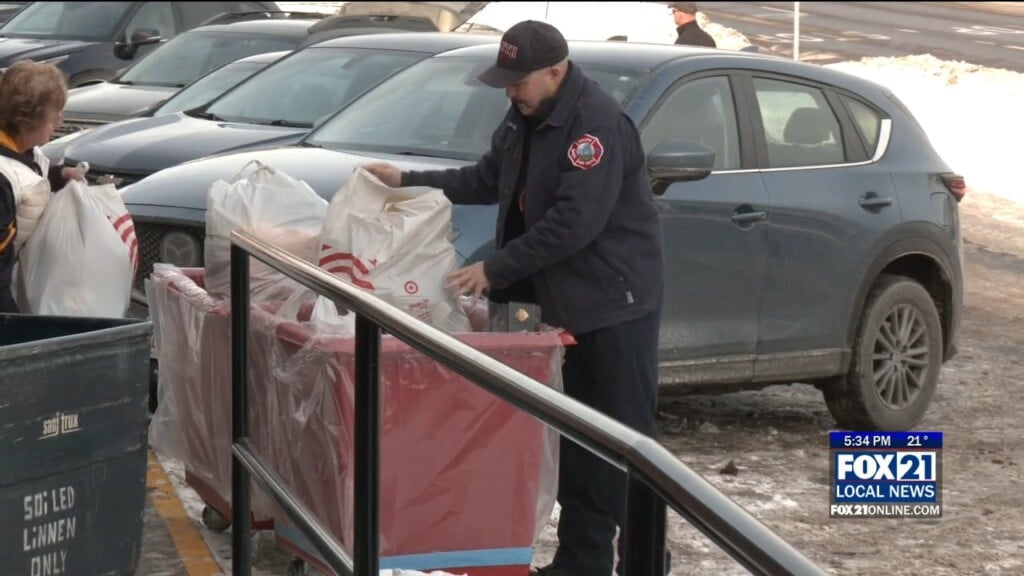UMD Rocketry performs static motor test
DULUTH, Minn. — After months of hard work, dedication, and teamwork, members of UMD Bulldog Rocketry finally had their moment, putting their brand-new rocket motor to the test before their competition in June.
“We do this for our competition in order to prove that our rocket, that the motor that we make ourselves will perform nominally and without any catastrophic failures,” said, Cameron Larson, Chief Safety Officer, Bulldog Rocketry. “The way we do that is we prop it up about a quarter mile out on a test stand, we fire it downwards and gather thrust data along with cameras in order to get visual confirmation that everything performed according to plan.”
The test wasn’t just a technical checkpoint. It was a milestone that the team has been working on since last summer.
Larson added, “we changed up a few things in this design from last year, though they’re small enough that we still expect it to perform according about the same as every other fire we’ve ever done, which is to say, nominally, we’re not foreseeing any failures, but we’re prepared for them.”
Another primary focus this year was testing a new sensor, one they’ve designed to accurately measure the mass or volume of a liquid without the assistance of gravity.
“In a more space flight application, if you have liquid propellants, it’s hard to gauge how much you have when you don’t have the fluid settled. So we’re just kind of working on a sensor that uses a technology that will allow a lot of the measurement of rocket fuel in space, basically,” said Luke Sorrell, Payload Committee Lead, Bulldog Rocketry.
As the clock inched closer to the ignition, Dozens of students and community members gathered in the grassy field, many with mixed feelings of excitement but also nerves. Moments later, the countdown hit zero and the motor roared to life, launching a thick plume of smoke into the sky.
“It went really well. From everything we’ve seen so far, everything looks good. All of our data looks good. Visually, the test looked great. We were, that’s what we were expecting and hoping for. Here, we put a lot of work, a lot of effort, into making sure everything was going to go well. So it’s really nice to have that payoff of spending all that time for your 10 seconds, to make sure that your 10 seconds go well,” said William Moe, Motor Lead, Bulldog Rocketry.
As for the next steps, the team will turn their focus to completing the rest of the rocket, including making their own jet fuel. Critical steps before they launch off to Texas to compete in the International Rocket Engineering Competition.







